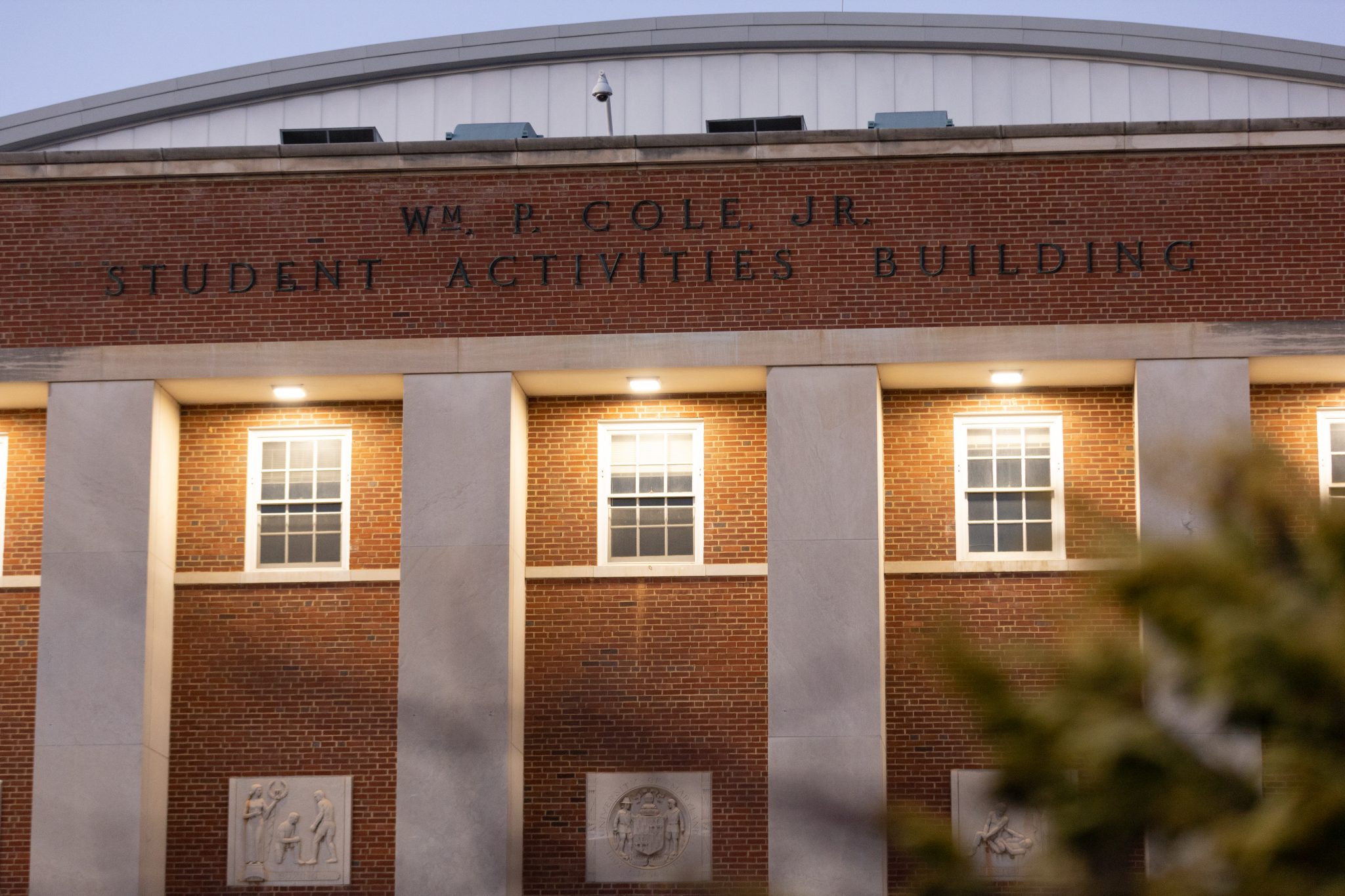By Drew Durst
For The Diamondback
The University of Maryland’s David C. Driskell Center hosted its first annual symposium Saturday to promote the preservation of African American art.
The four-hour event — called “Echoes from the Archive” — was open to the public and took place in the Cole Student Activities Building. The symposium featured the Driskell Center’s archives collection, which includes an exhibition of more than 70 artworks made by various Black artists.
“It’s a pretty remarkable collection,” Elizabeth Ajunwa, National Museum of Women in the Arts Library and Research Center director, said. “It’s small, but it’s really unique.”
The center is named in honor of David C. Driskell — a pioneer of Black art and former art professor at this university. The center is home to several artistic works by Black artists and now contains nearly 2,000 works of art.
Experts in the African American art history field gathered at the public symposium to speak on both the extensive artwork gallery and the center’s archives.
Several event speakers and attendees highlighted how the art displays are crucial for research in the field.
[Lakeland family hopes for county historic designation of generational properties]
The archives also help give visibility to lesser-known artists, according to Maya Harakawa, a University of Toronto art professor.
“I work on artists that there’s not a lot written about,” Harakawa said. “Places like this that have historical collections are really important for doing research.”
Like Harakawa, Sarah Battle, a research fellow at the center’s archives, said art history can be easily erased or forgotten.
At the symposium, Battle presented her multi-year research on the now-deceased artist Kenneth Victor Young. For artists like Young, who do not have their own dedicated art galleries, records can be surprisingly scarce, Battle added.
“I could not fathom how someone could exhibit frequently in the U.S. as [Young] did … yet still have very little written on him,” Battle said in her speech.
Event attendees also emphasized Driskell’s impact on Black art and the center’s archives.
[National Archives unveils new digitization center in College Park]
Harakawa said the Melvin Edwards “David’s Dream” sculpture in the center was particularly interesting.
“David’s Dream” was unveiled with the current exhibition in the Driskell Center and posthumously dedicated to Driskell.
The sculpture stands more than 20 feet tall and comprises two steel disks and a chain that is more than 10 feet long. The chain is a symbol for Black history in the United States, Harakawa said.
Ajunwa attended the event to learn more about the archives and research performed at the center, she said. Some of her favorite pieces of work in the gallery were those by Driskell himself, she added.
Moving forward, Harakawa encouraged students at this university to attend the center to learn more about Black art history.
“The ability to see art in person is something that people should … always take advantage of,” Harakawa said. “It’s so important for students to engage with those materials and begin to do that historical research themselves.



